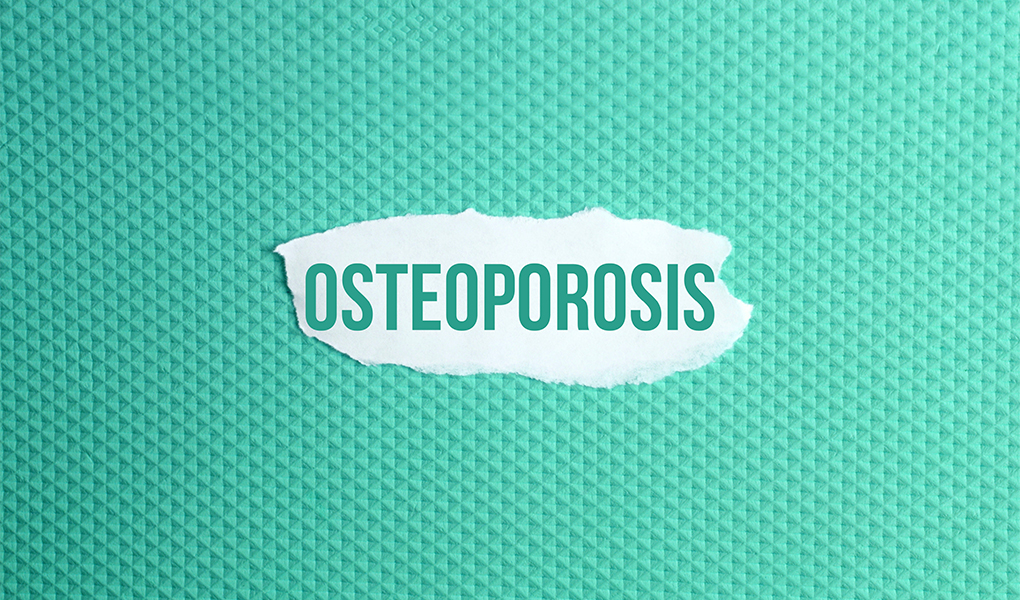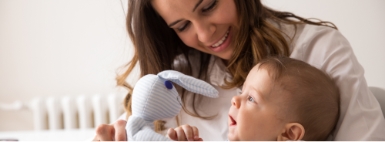Follow Us!
Patient stories, informative videos and much more on our social media accounts

Osteoporosis, or bone loss, is a condition where the density of the bone decreases without affecting its structure and shape. The quality of the bones decreases, making them prone to fractures. Osteoporosis progresses silently and affects the entire skeleton.
There are many causes of osteoporosis. For example, low calcium intake, prolonged use of heparin, hyperactivity of the thyroid or parathyroid gland, diabetes, sedentary lifestyle, and alcohol consumption can lead to bone loss.
Osteoporosis is especially common in women over the age of 50. There are two types of osteoporosis: menopause-related osteoporosis (Type I) and age-related osteoporosis (Type II).
Type I Osteoporosis: Occurs within the first 15-20 years after women stop menstruating. When women enter menopause, they lose 15% of their bone density in the first 5 years. The decrease in estrogen causes the cells that build bone to stop working, making the bones increasingly weaker.
During menopause, women may be more prone to fractures in the hip, wrist, and other bones due to falls. The most serious of these fractures is the hip fracture, and 12-20% of patients die within 2 years after a hip fracture. A portion of the patients who survive require continuous care.
Type II Osteoporosis: Occurs due to aging. Reduced calcium absorption and vitamin D deficiency are seen as the main causes of the disease. 25% of women over the age of 70 and nearly 50% of women over the age of 80 experience spinal fractures. Hip fractures occur in 90% of people over the age of 70.
After menopause, women lose an average of 4 cm in height by age 65 and 9 cm by age 75. The curvature of the spine and changes in the rib cage can lead to breathing problems.
There are ways to protect against this disease, which can affect the quality of life and even make people bedridden. Estrogen helps protect the structure of the bones by preventing calcium loss.
After age 30, calcium loss begins in the bones, which become thinner and weaker. This process, known as osteoporosis, accelerates noticeably after menopause. Bone loss is rapid in the early stages after menopause and can be prevented with estrogen therapy.
If estrogen therapy is delayed by one or two years after menopause, lost bone mass cannot be restored. Therefore, it is important to start estrogen therapy before the condition progresses.
Dairy products are rich in calcium. During menopause, only calcium intake does not prevent bone loss; however, when combined with estrogen, bone loss decreases. Regular exercise helps maintain bone density. Estrogen replacement therapy is known to prevent bone loss, especially when started soon after menopause.
Estrogen also reduces the risk of heart disease and other menopausal symptoms. Your doctor will determine the appropriate dose and form of estrogen for you.
If any of these conditions are present, consult your doctor for alternative methods to manage menopausal symptoms. Women who have entered menopause should exercise regularly and consume calcium-rich foods. Smoking should be stopped if it is being used.
Daily 30-minute walks and simple weightlifting or muscle-strengthening exercises are as important as medications. Regular sun exposure in summer for ultraviolet (UV) rays is beneficial.
If a fracture occurs, appropriate treatment and physical therapy are provided. Physical therapy can help alleviate pain and breathing problems caused by spinal curvature due to fractures.
To prevent fractures, the home environment should be arranged according to the patient’s needs. Support bars should be installed on staircases, bathrooms, and toilets.
Special battery-powered or generator-powered lights can be placed on stairs to prevent falls during power outages. Carpets, rugs, and similar items on the floor should be fixed in place.
Let us call you as soon as possible regarding the issues you want to consult.


